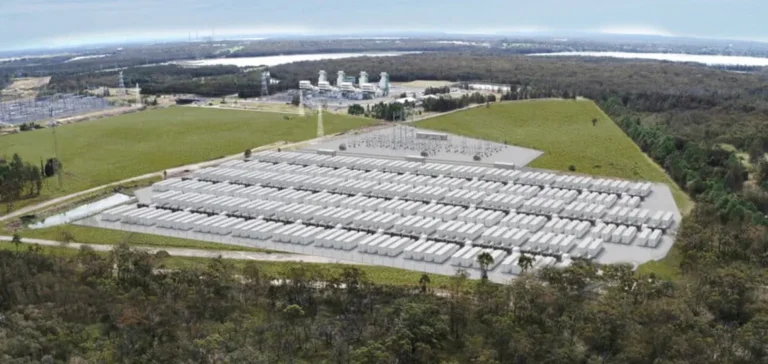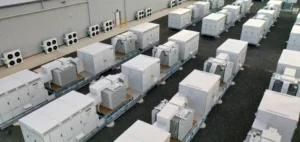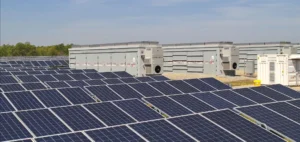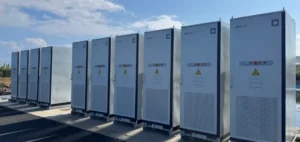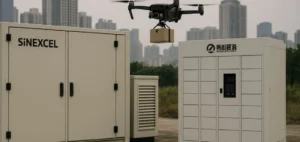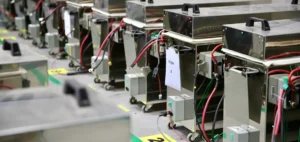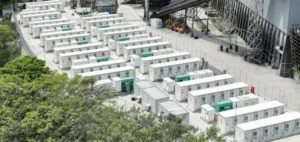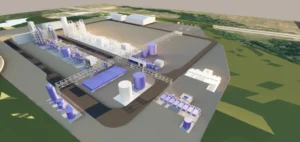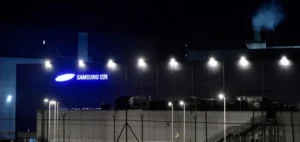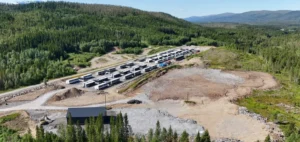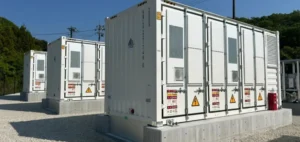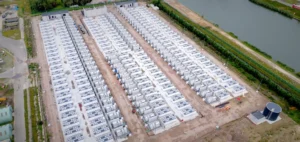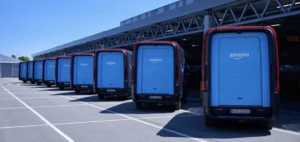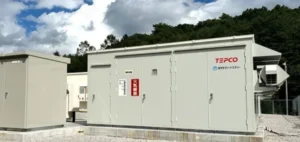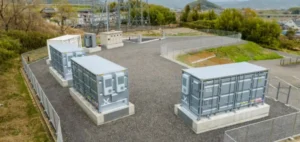The energy storage sector in Texas has reached a new milestone with the commissioning of three battery projects developed, owned and operated by esVolta. Together, these facilities provide nearly 1 GWh of storage capacity and 490 MW of power, representing approximately 4% of the Electric Reliability Council of Texas (ERCOT) network’s anticipated capacity for summer 2025.
New capacities for Dallas and West Texas
The 300 MWh Desert Willow project and the 480 MWh Anole project, both located in the Dallas region, support the fifth largest urban energy market in the United States. Operational since March 2025 in West Texas, the 200 MWh Burksol facility supplies local networks via the Wind Energy Transmission of Texas infrastructure. These sites deliver reserve energy, frequency regulation services and contribute to reducing congestion, helping to stabilise the grid during consumption peaks.
Industrial partnerships and specialised financing
For technical execution, esVolta relied on Saber Power for Desert Willow and Burksol, and on Quanta Infrastructure Solutions Group for Anole, drawing on their engineering, procurement and construction expertise. The portfolio financing was secured through a preferred equity investment from Captona LLC, combined with bank financing led by Mitsubishi UFJ Financial Group (MUFG) and the monetisation of tax credits generated by the sites.
Lithium iron phosphate batteries and grid management
The three projects are based on lithium iron phosphate battery technology, known for its rapid response and operational robustness. With these solutions, esVolta aims to ensure optimal management of grid flexibility and supply security for all ERCOT network users. According to reported data, the simultaneous commissioning of the facilities helped avoid interruptions during the heat waves of summer 2025, confirming the usefulness of such solutions in supporting the demographic and economic growth of Texas.
Randolph Mann, Chief Executive Officer of esVolta, stated that these commissioning events enhance grid stability to meet the state’s rising demand.


